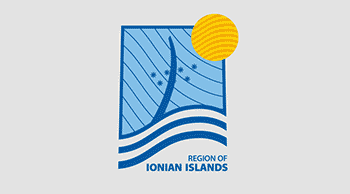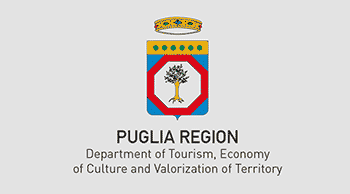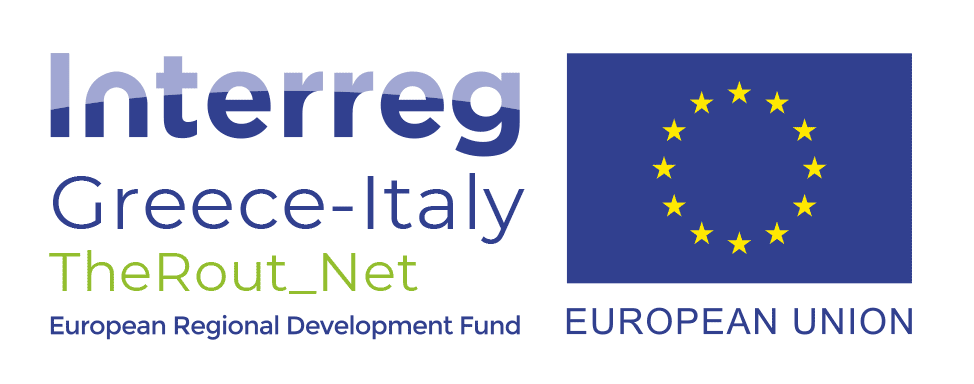Greek Monuments

Patras - Roman Stadium of Patras
The project “Restoration – Enhancement of the excavated part of the Roman Stadium of Patras” is being implemented since 2020, based on a study approved by the Hellenic Central Archeological Council. The project concerns the structural restoration of the excavated Eastern long side of the Stadium, with a budget of 300,000.00 €. This project, implemented under the supervision of the Ephorate of Antiquities of Achaea, is of great importance, since the Roman Stadium is the greatest monument of its kind in Western Greece, in the heart of Patras’ historical center.
The site
The Roman Stadium was constructed in the 1st century AD, during the reign of Domitian, possibly on the occasion of the centenary of the foundation of Patras as a roman colony. It was hosting athletic, theatrical and musical events. The Stadium was an elongated building, ca. 200m long and 90m wide, built along the north-south axis, with horseshoe-shaped spectator stands on either of its narrow ends (north and south). In recent years, parts of the monument that extend beneath the built-up area, have been revealed in the center of Patras. The longer, best preserved, East side was built on the slope of the hill that leads to the upper town, where one can still see parts of the auxiliary rooms under the spectator stands.
Project aims
The project is designed to address and solve a number structural problems, including:
Losses and local fractions of the fired bricks, at the external layer of the structure. Exposure of the core of the masonry (opus caementicium) results in the creation of cracks and detachments to the ancient concrete, amplified by static loads and dynamic actions. Vertical cracks to the vaults, sometimes crossing the thickness of the masonry and expanding to almost all of its height indicate sliding, i.e. improper foundation.
Work in progress
According to the approved study, the following steps are planned, with the most immediate actions already in progress:
New mortar will be placed at the joints and grout will be injected in the cracks (in progress). Their composition was based on analyses of ancient mortar specimens. The detached parts will be joined together with suitable material. The damaged arch of one of the vaults will be supported with the construction of a metallic frame.
A geotechnical study has been carried out (sample drilling etc.), aiming to dictate the proper actions that must be taken to achieve soil-erosion and rainwater management. At a second stage, a study for the retaining of the slopes will be carried out, aiming to address the problem of the foundation (e.g. drainage system, construction of retaining walls, installing gabions of a certain width etc.) and prevent future sliding.
During the project, architectural drawings of all the parts of the monument will be made.
Further actions concerning the improvement of the Stadium’s “readability”, include its lighting, installation of information signs, production of leaflets etc.
This project, implemented under the supervision of the Ephorate of Antiquities of Achaea, is of great importance, since the Roman Stadium is the greatest monument of its kind in Western Greece, in the heart of Patras’ historical center.








